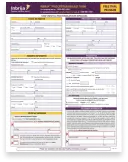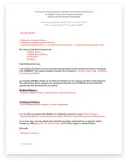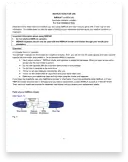The following resources are available for you and/or your patients

Nurse Educators
Patients can speak with a Nurse Educator who will reinforce how to use INBRIJA.

Patient Educational Programs
Patients can engage with leading PD experts and other people with PD on the management of the return of symptoms.

INBRIJA.com
Videos and interactive information about the return of symptoms and treatment with INBRIJA.



 Download
Download



 Watch now
Watch now





 Please see Full Prescibing
Please see Full Prescibing